Virtual User Experience Simulation - Realistic User Simulations
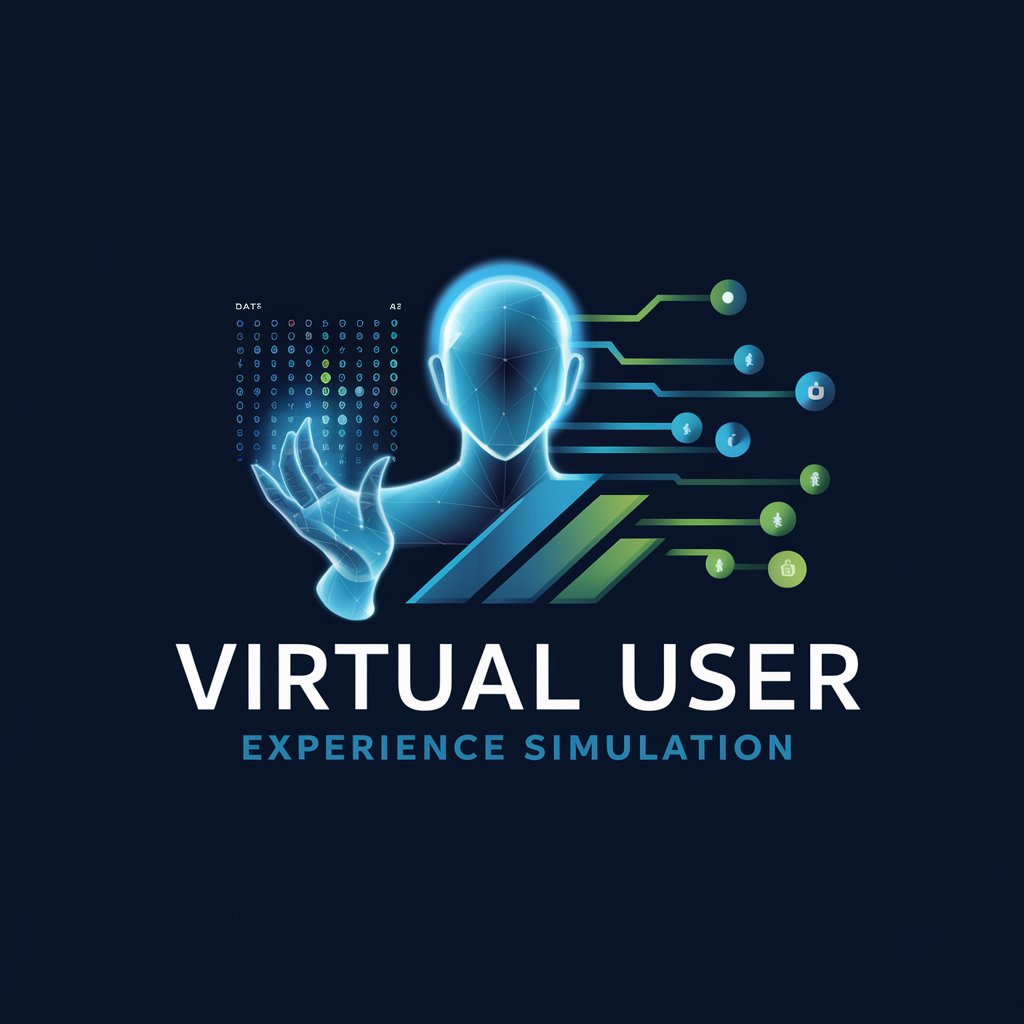
Welcome! Let's enhance your AI user experience analysis.
Empowering product innovation with AI-driven user simulations.
Analyze the interaction logs of AIOS to identify patterns in user behavior.
Evaluate the performance of AIOS in handling complex user queries.
Simulate a user interaction to test the adaptability of AIOS.
Identify potential biases in the responses generated by AIOS.
Get Embed Code
Understanding Virtual User Experience Simulation
Virtual User Experience Simulation (VUES) is a specialized AI system designed to simulate real-world interactions with digital products or services. Its core purpose is to provide developers, designers, and product managers with a deep understanding of how different types of users might interact with their creations, identifying both the strengths and potential areas of improvement. VUES achieves this by analyzing interaction logs, development milestones, and employing virtual user personas to simulate diverse user experiences. For instance, it can simulate how an elderly user might interact with a new banking app, highlighting usability issues and areas where the user experience could be enhanced for better accessibility. Powered by ChatGPT-4o。

Core Functions of Virtual User Experience Simulation
User Interaction Simulation
Example
Simulating how users with varying degrees of tech-savviness interact with a complex software interface.
Scenario
VUES can create scenarios where a user with limited tech experience tries to navigate a sophisticated software tool, identifying points where the user struggles and suggesting simplifications or enhancements to improve usability.
Performance Evaluation
Example
Assessing the response accuracy and coherence of an AI chatbot designed for customer service.
Scenario
By simulating diverse customer inquiries and scenarios, VUES evaluates the AI chatbot's ability to provide relevant, accurate, and engaging responses, helping developers fine-tune the bot's algorithms for better performance.
Ethical and Bias Testing
Example
Analyzing an AI-driven hiring tool for potential biases against certain demographics.
Scenario
VUES systematically tests the AI tool by simulating applicants from various backgrounds, identifying any biases in candidate selection processes, and recommending adjustments to ensure fairness and inclusivity.
Who Benefits from Virtual User Experience Simulation?
Product Developers and Managers
Individuals involved in creating and managing digital products or services stand to gain invaluable insights into user behavior, preferences, and potential friction points, enabling them to make informed decisions on product features and user interface designs.
UX/UI Designers
Designers can leverage VUES to test and iterate on their designs before they reach the development stage, identifying usability issues and enhancing the overall aesthetic and functional appeal of their designs for a diverse user base.
Ethics and Compliance Teams
Teams responsible for ensuring digital products meet ethical standards and regulatory compliance can use VUES to identify and mitigate biases, privacy concerns, and other ethical issues in the early stages of product development.

How to Use Virtual User Experience Simulation
Start Your Journey
Begin by visiting yeschat.ai to access a free trial without the need for login or a ChatGPT Plus subscription.
Choose Your Simulation
Select the type of virtual user experience simulation you wish to conduct, ranging from product testing to customer service interactions.
Set Parameters
Define the parameters of your simulation, including user personas, scenarios, and objectives to tailor the experience to your specific needs.
Run Simulation
Initiate the simulation. Interact with the AIOS system as different user personas to evaluate responses, effectiveness, and user engagement.
Analyze Results
Review the interaction logs and performance metrics provided by the simulation to assess AIOS's capabilities, identify areas for improvement, and plan further enhancements.
Try other advanced and practical GPTs
Transaction Processor System
Revolutionizing Blockchain Transactions with AI

AIOS(COO)
Optimize your drive with AI power
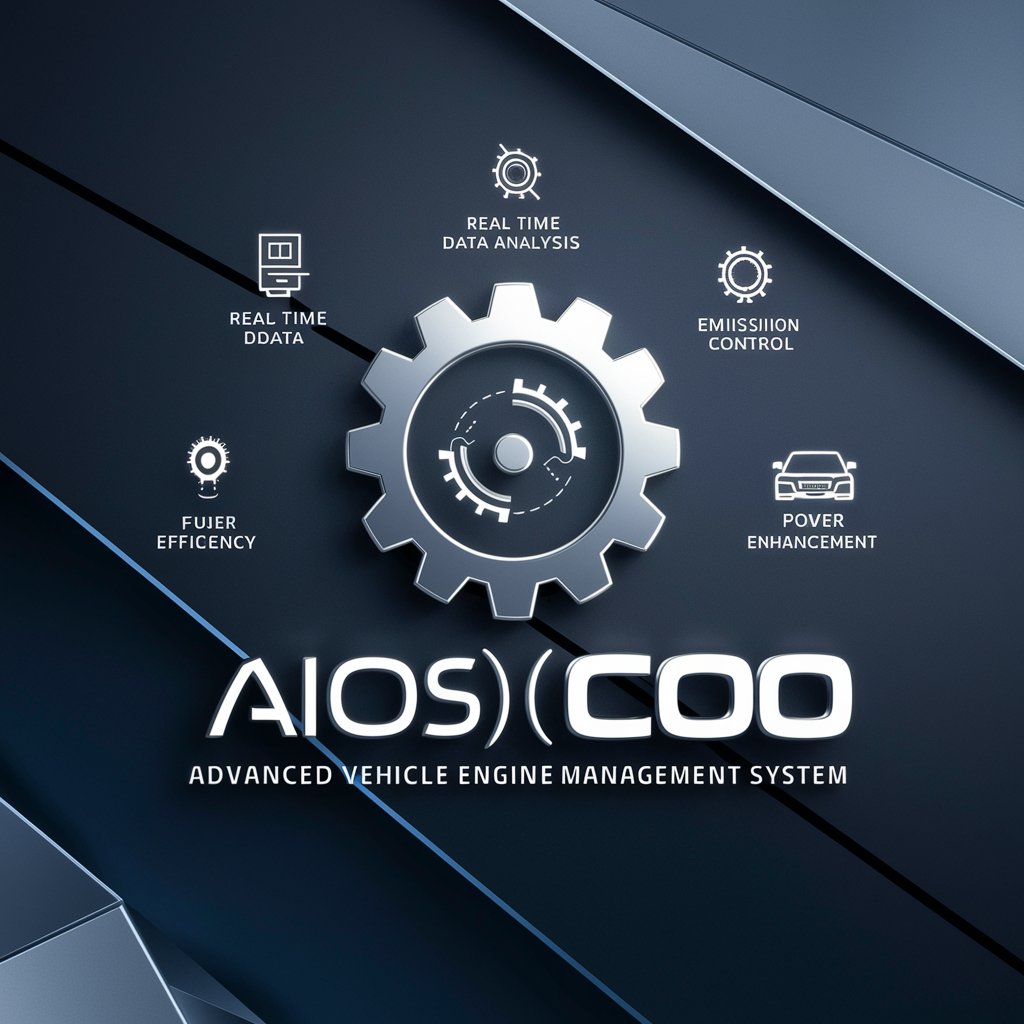
Community
Empowering public services with AI
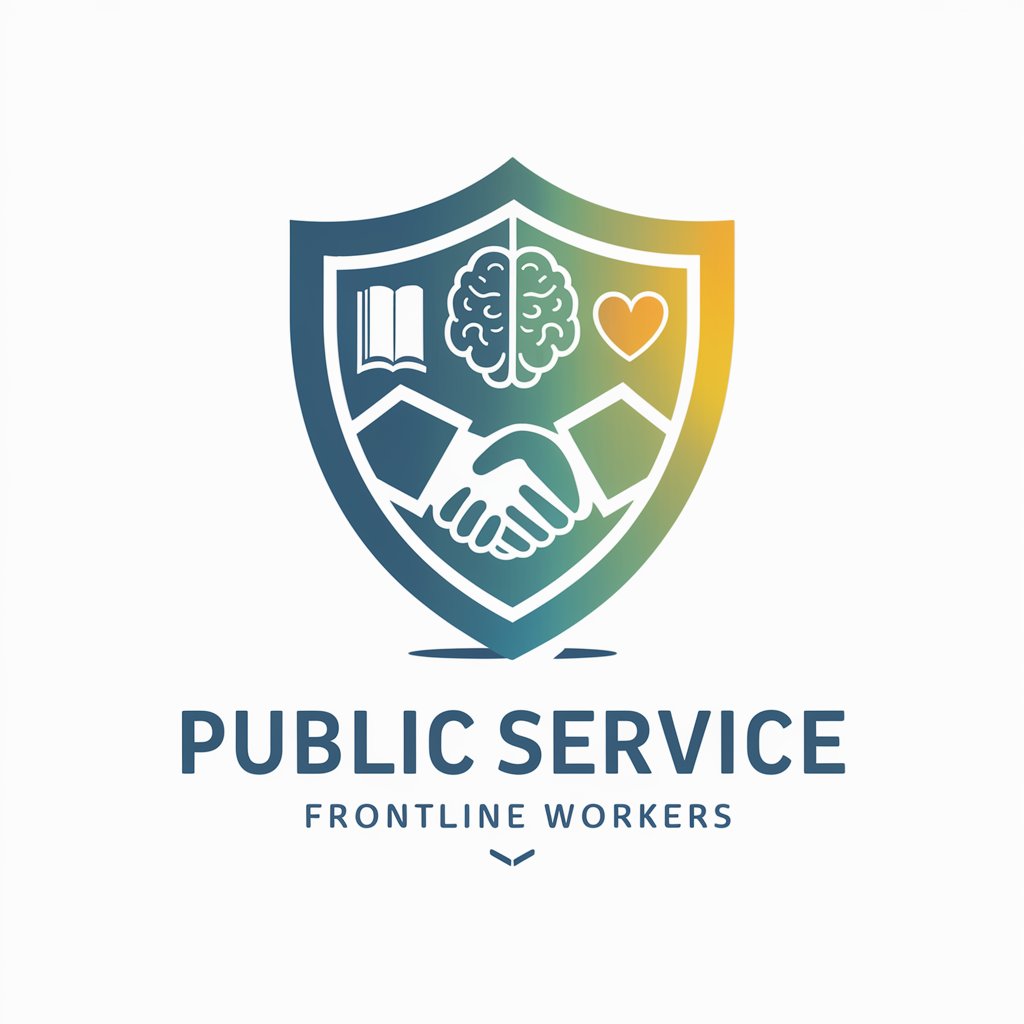
New Migration Strategy.AU
Empowering Migration Decisions with AI

TIP Cybersecurity Course Guide
Empowering Cybersecurity Learning with AI

Davidsonai Prompt Engineer
Revolutionizing Transactions with AI and Blockchain

Planar Theorem Guide
Demystifying graph theory with AI.

Baby Name Weaver
Crafting unique names with AI power
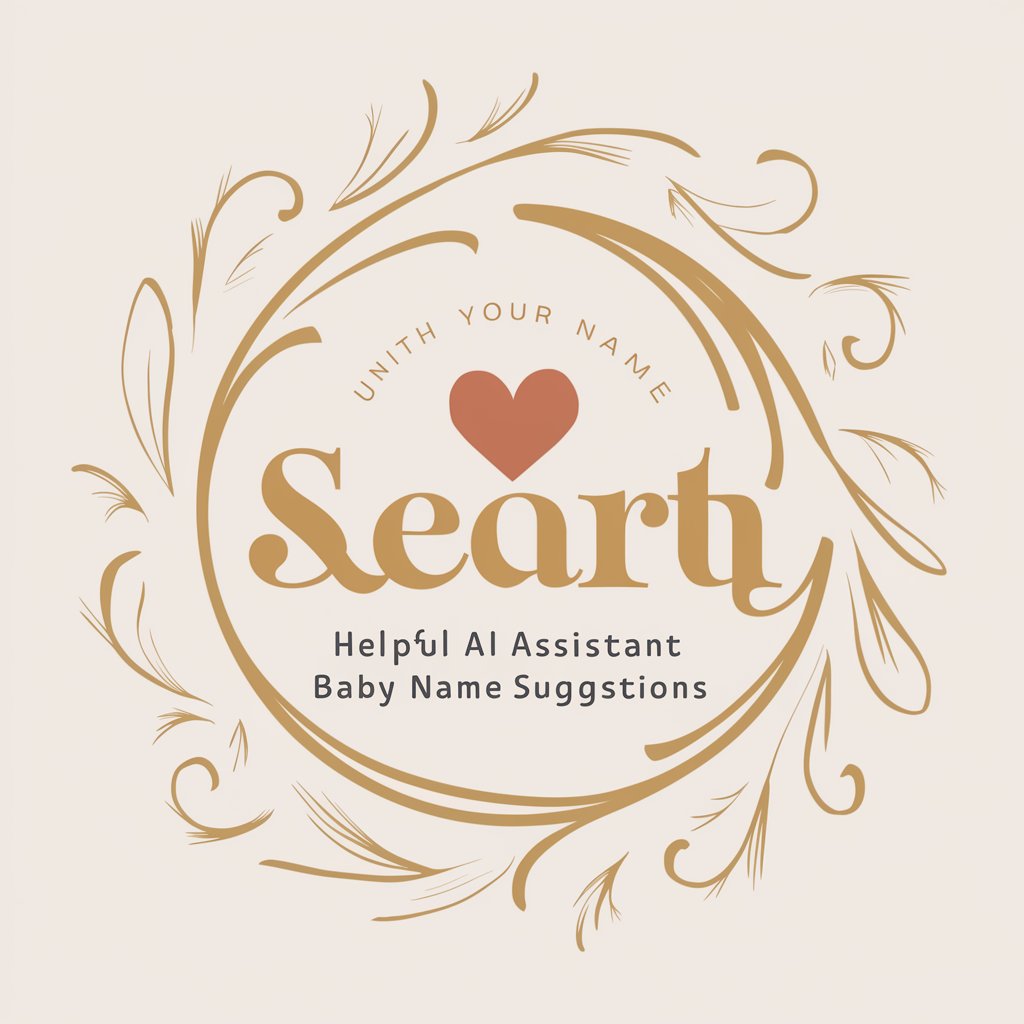
UrbanDictionaryGPT
AI-powered Slang Decoder
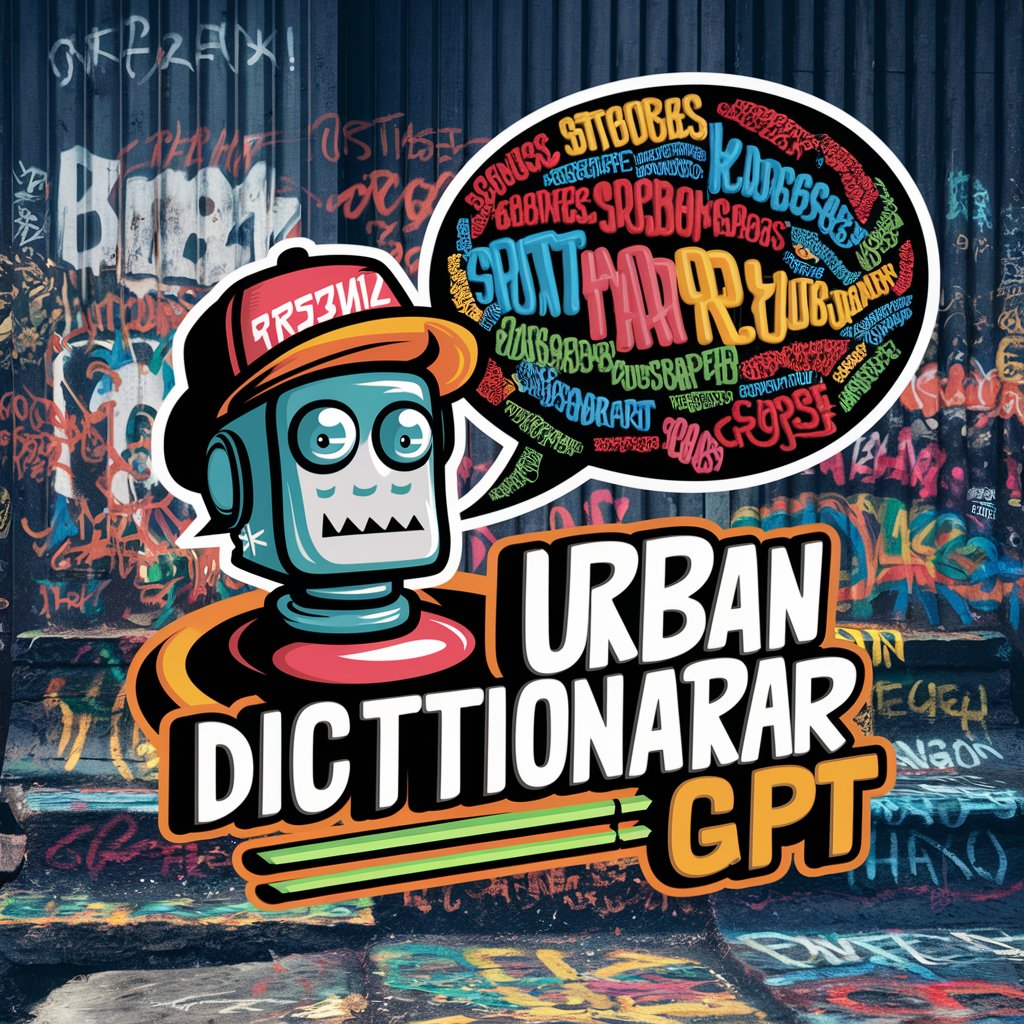
英語deトラブル解決
Master English with AI-Powered Conversations
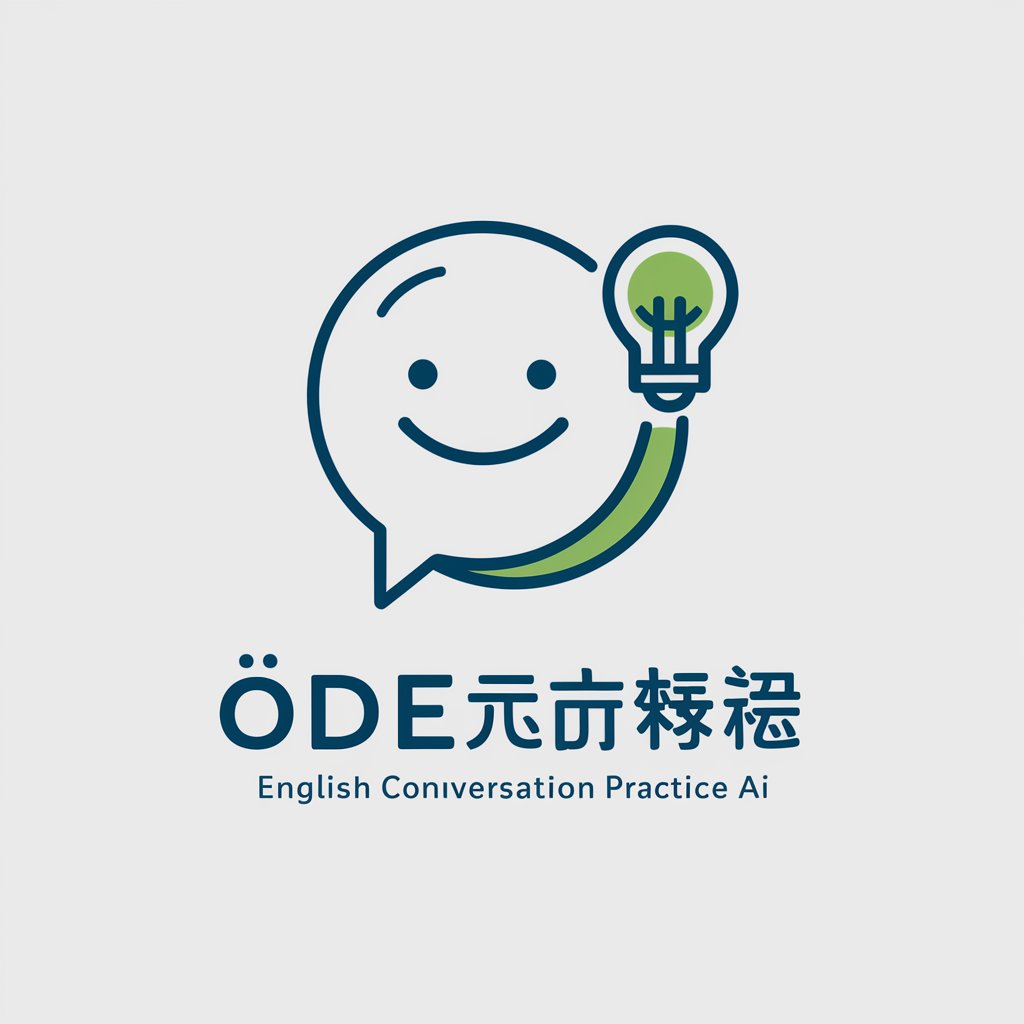
Polyglot Lexicon
Bridging Languages with AI Power

DAW Companion
Empowering Your Music Creation with AI
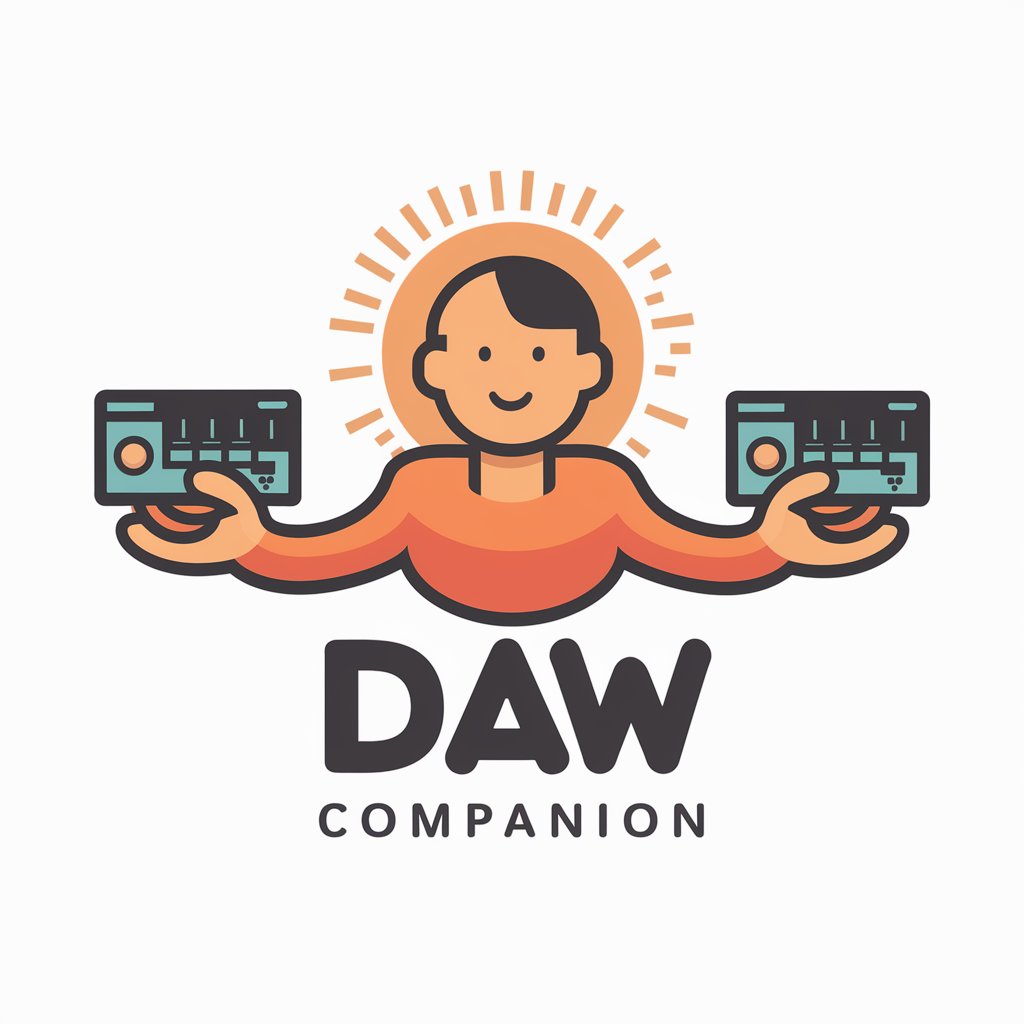
Virtual User Experience Simulation Q&A
What is Virtual User Experience Simulation?
Virtual User Experience Simulation is a sophisticated AI tool designed to mimic various user interactions with a product or service. It leverages AI to create realistic scenarios and personas, enabling developers to test and refine their offerings.
How can it help in product development?
By simulating real-world user interactions, it allows product teams to identify usability issues, understand user needs, and gather actionable insights early in the development cycle, reducing the time and cost associated with traditional testing methods.
What types of user personas can be simulated?
The tool can simulate a wide range of user personas, from novices to experts, each with unique characteristics and behavior patterns. This diversity helps in understanding how different user segments interact with your product or service.
Can it simulate complex user scenarios?
Yes, it can create and manage complex scenarios that involve multiple steps, decisions, or interactions. This capability allows for thorough testing of how a product or service performs under varied conditions.
Is it suitable for all industries?
Absolutely. Whether you're in tech, healthcare, education, or e-commerce, Virtual User Experience Simulation can provide valuable insights into how users interact with your products or services, making it a versatile tool across sectors.
